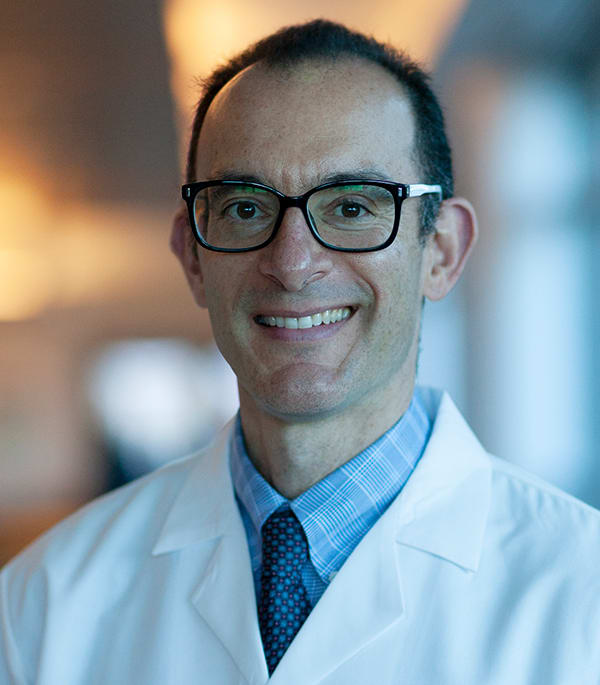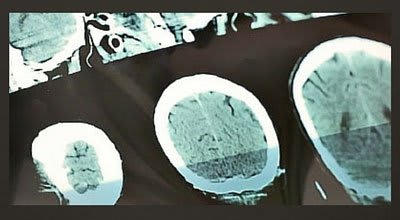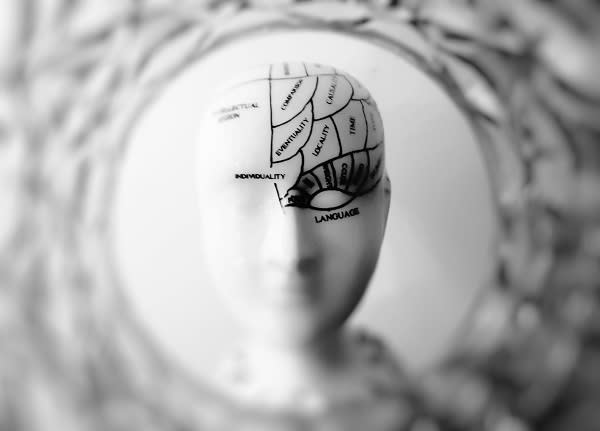Author: Todd Miller,MD
Q: First, what is a neurointerventional radiologist? When would you need to see this type of physician?
A: A neurointerventional radiologist is a radiologist with extra training who specializes in minimally invasive and image-guided therapy of the brain and spine. We treat brain conditions such as acute ischemic and hemorrhagic stroke, brain aneurysms, and headache. We also use Cat Scan image guidance to preform ultra-targeted spine pain interventions, biopsies, and treatment of fractures.
Q: How did you know you wanted to pursue a career in neurointerventional radiology?
A: I always knew I wanted to be a doctor. In college, I became very interested in neuroscience. I went to medical school expecting to become a neurosurgeon, and began my training as a neurosurgeon. This was at a time when endovascular neurosurgery (the use of catheters and radiology to diagnose and treat various conditions and diseases of the central nervous system) was not a very common practice. I became fascinated with radiology which is an integral part of neurosurgery. The transition was easy. As part of my radiology education I became interested in endovascular treatments and interventional radiology in general. It was a natural fit to pursue interventional neuroradiology.
Q: What is one recent advancement in your field that excites you? What is the benefit to patients?
A: One of the most exciting parts of the field is the rapid pace of advancement. As medical subspecialties go, it is relatively new. There is been fantastic interest and investment in developing new devices to treat complicated problems in the brain and spine. In fact, within the past few weeks, there has been approval of a new device to treat complex aneurysms that will make treatment faster and safer. I’m very excited to hopefully bring this option to the Stamford community in the months to come.
Q: Have you seen any dramatic results when it comes to procedures such as thrombectomy or spine jack?
A: There’s no doubt that I’ve seen fantastic results from cerebrovascular and spine interventions. You can take a patient who is having a life-ending stroke and in a few days they go back to their normal life. Similarly, spine pain interventions can give a patient their life back. For anyone who’s had significant pain for a period of time it can be quite disruptive and make you miserable. Being able to perform a minimally-invasive procedure in less than an hour and give someone back their mobility, their freedom, and their life can be just as rewarding as a thrombectomy.
Q: What is a thrombectomy and what’s new about the procedure at Stamford Health?
A: Thrombectomy has been a part of my practice for a decade now. It’s a life-saving procedure that helps eligible patients who have suffered from a large stroke. What’s new at Stamford Health is the rapid software that enables us to read a scan, called a CT Profusion, in a matter of minutes. The scan is how we determine whether a patient will benefit from a thrombectomy or not. Generally in the past, it could take physicians up to 45 minutes to read the scan and make that determination. Now in only two minutes, artificial intelligence allows us to see the part of the brain we can heal – and ultimately save the patient’s life. We are the only hospital between New York City and New Haven to use this new technology.
Q: Looking back to your medical school years, what advice would you give yourself? What advice would you give to those pursuing a similar career?
A: It can be easy to dive into your studies full throttle and neglect the rest of your life. Maintaining relationships with those who are near and dear to you will keep you strong through the good times and the bad. Maintaining typical healthy habits that we all encourage our patients to pursue is also important. I would remind myself of the advice my grandfather used to give. He would say, “never forget that there will be good times and bad, and it’s important to recognize that neither is likely to last very long.” This helps you keep perspective on the ups and downs of life.
Q: What do you do when you’re not working?
A: That’s the easiest one to answer. I have teenage children who are not yet driving. My wife and I collaborate on getting them to and from their various activities and helping them through growing up as a 21st century teen. We value the time we have together and make a point of sharing meals as frequently as possible. We try to get those rare one on one moments that are so important to prioritize with kids.
Q: What have your patients taught you over the years?
A: I have learned many important lessons over the years. I have been humbled by the numerous patient interactions I’ve had. A successful procedure can change the life of a patient for the better immediately. After practicing for over ten years, I think that you learn a lot more when things don’t go well. It can be a high-risk field and building a strong relationship with a patient and their family can make that easier for everyone. I think that’s the most rewarding part of what I do. I get to meet lots of amazing people and do my best to help them. Life is about relationships.
Featured Expert/ Author








